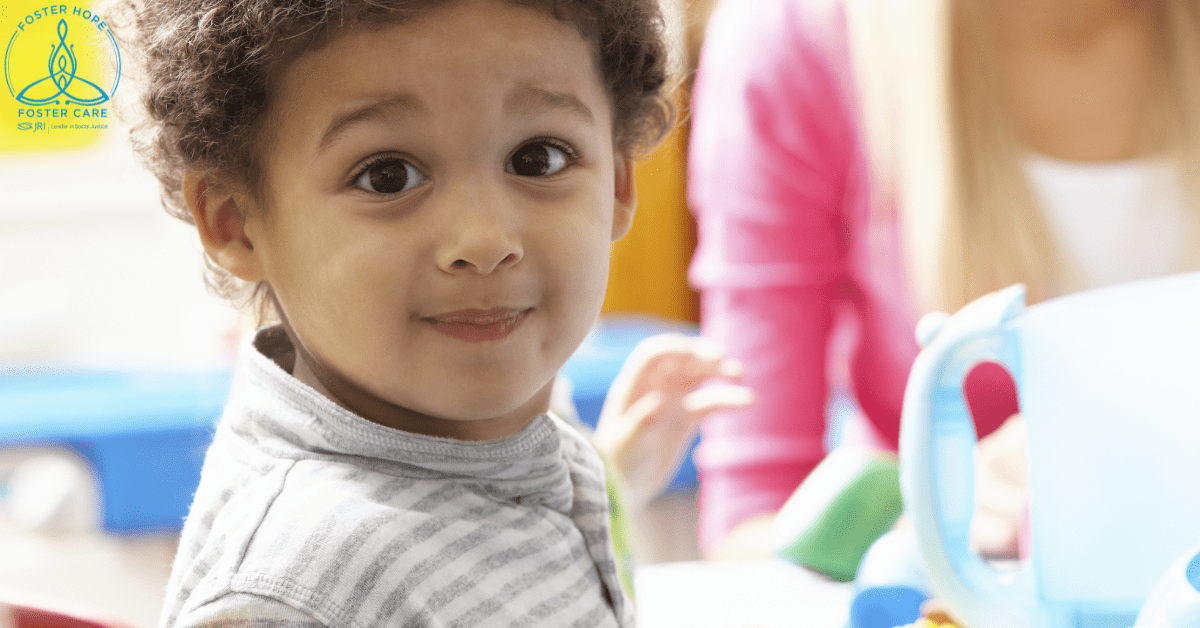Supporting a Child through the Goal of Adoption:
Typically, when children are removed from their families by the Department of Children and Families, their first goal is to be reunified when and if it is safe enough to do so.
As a result, reunification is the most common goal for children in foster care. However, this is not always the case for the 32% of children in our program. Unfortunately, when parents are not meeting the requirements of their Action Plan set in place by the Department of Children and Families, a child’s goal can often change to adoption.
A goal change to adoption can trigger many stress related feelings for a child. Depending on the age and level of comprehension, a foster parent may see some form of regression, sadness, depression, anger, or in some cases, no change at all from a child.
Regardless of their response, here are some ways to help support your child or youth through this goal change.
- Provide a listening ear: After a child has been informed of a goal change by the DCF social worker, they may eventually want to talk about fears related to the goal change or have questions. It is important to be available to the child. Use age appropriate terminology to explain what adoption does and does not mean in your child’s life. For example, make it clear to a child that an adoptive family does not replace past caretakers.
- Advocate: As we know, children’s voices are often the smallest, which means they need an adult to stand up for them. As a result, it is important to communicate to your child’s care team (social worker, case manager, therapist, etc.) any signs of discomfort/concerns observed or communicated to you by the child as the goal of adoption progresses.
- Stay consistent: The goal of adoption may leave many unknowns in your child’s life, the consistency of routines in your home can help provide a stabilizing force.
If you believe that you can be a safe, stable, supportive person for a child whose life is changing, please reach out. We'd love to hear from you.














